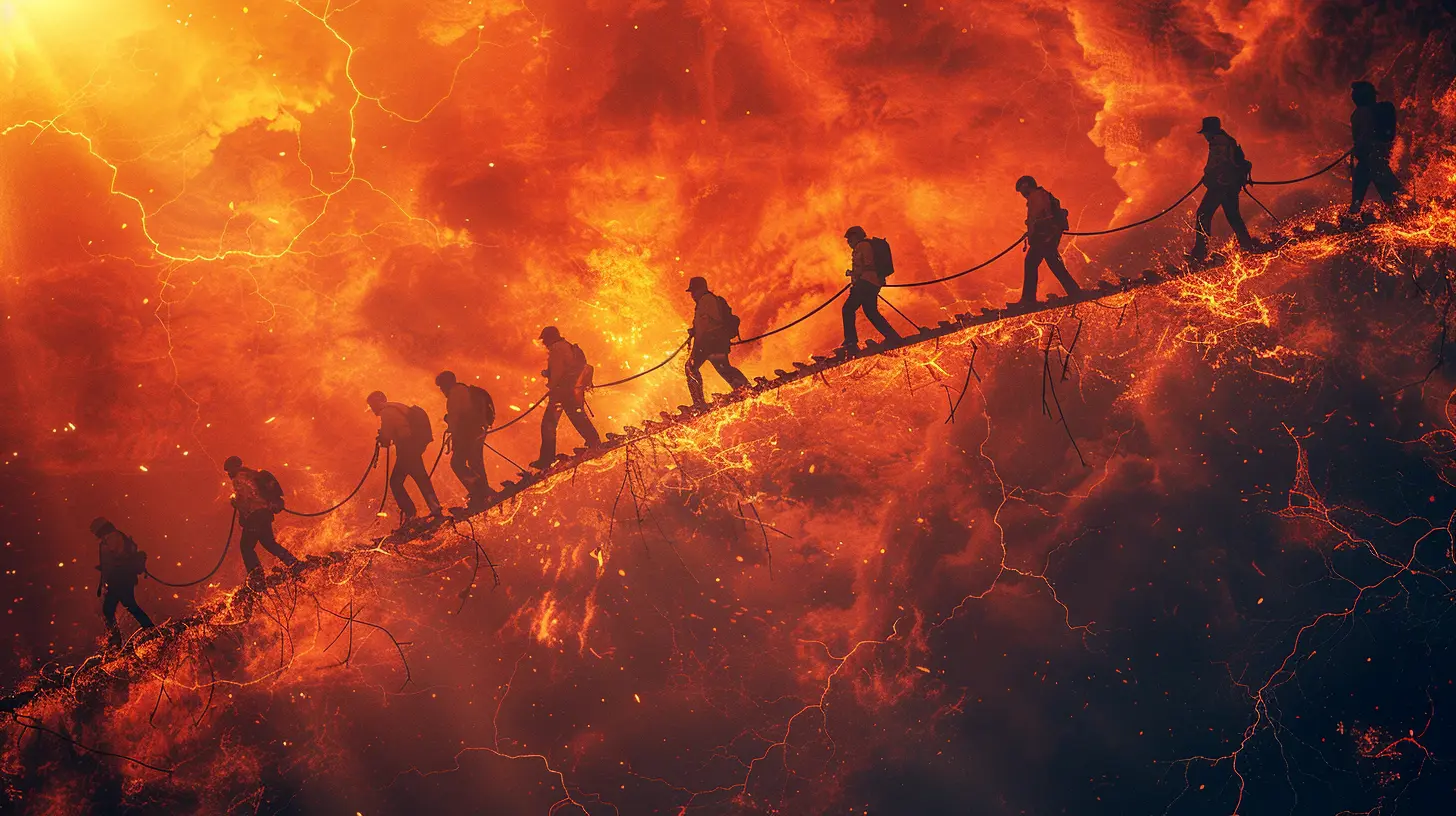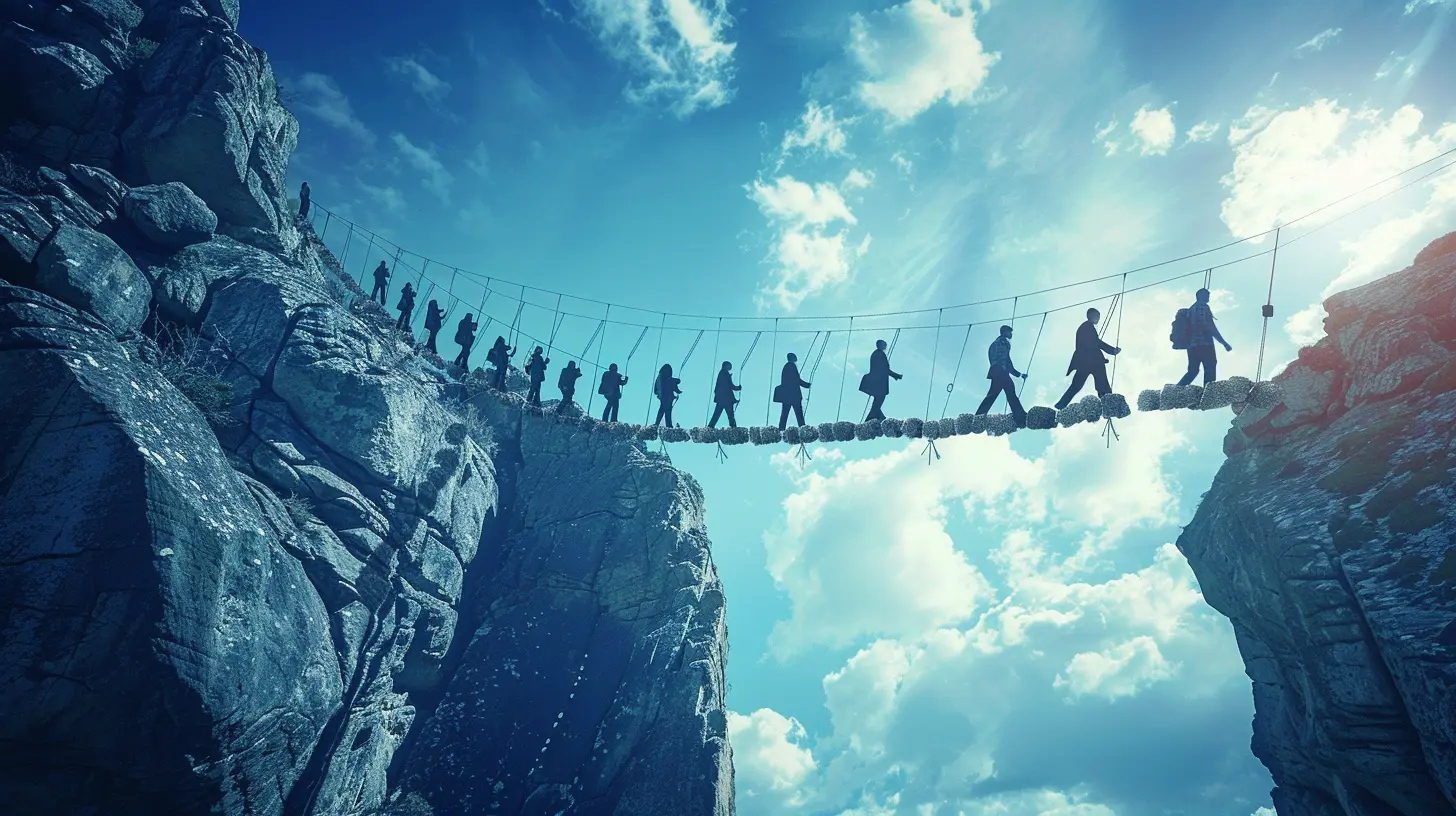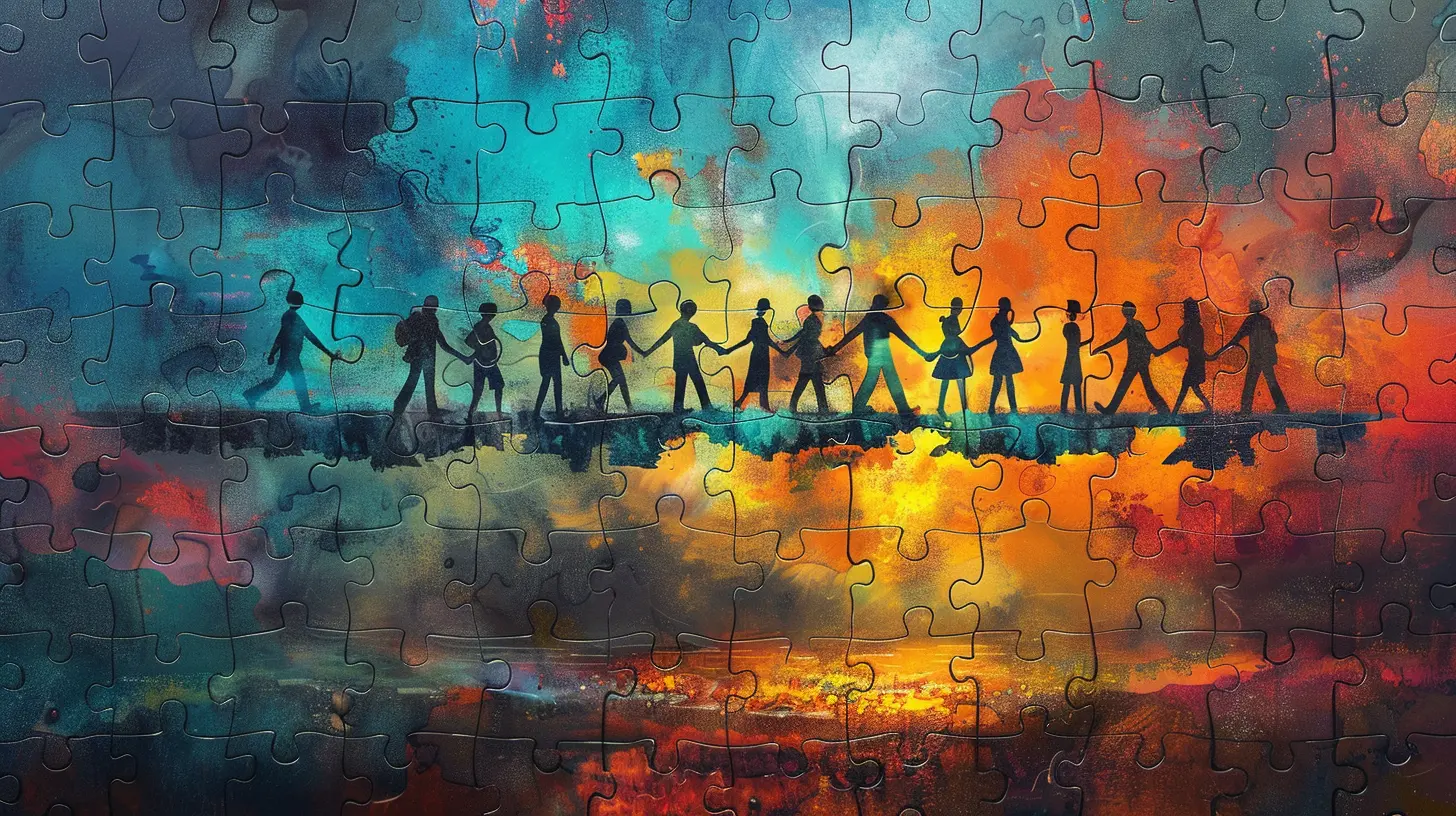Why Psychological Safety is Key to Team Success
7 October 2025
Let’s face it—no one likes walking on eggshells at work.
If you've ever felt nervous to speak up in a meeting or hesitant to admit a mistake in front of your team, you’re not alone. That awkward silence when someone asks for feedback? Yep, that’s a red flag 🚩. And it all comes down to something many teams overlook: psychological safety.
So, what is it exactly? Why is it such a game-changer? And more importantly, how can you build it in your own team?
Let’s unpack this powerful concept and see how creating a psychologically safe space can make the difference between a struggling group and a thriving team.
What is Psychological Safety, Anyway?
In simple terms, psychological safety is the belief that you won’t be punished, humiliated, or looked down upon for speaking up with ideas, questions, concerns, or even admitting mistakes.Coined by Dr. Amy Edmondson from Harvard in the late 1990s, the idea gained serious traction when Google’s Project Aristotle uncovered something fascinating—psychological safety was the #1 factor in making a team successful. Not intelligence, not experience, not even resources. Psychological safety.
Mind-blowing, right?
Think of it like this: psychological safety is the invisible net under a high-wire act. It doesn’t remove the challenge, but it ensures no one’s going to crash and burn if they slip up.
Why Psychological Safety Matters in the Workplace
Imagine you're in a meeting and you have an idea that could solve a big problem. But you're nervous. What if people think it’s dumb? What if your boss shoots it down?If you don’t feel safe, you're going to stay quiet. Multiply that reaction across a team, and what do you get? Missed opportunities, poor communication, stifled creativity, and a whole lot of pretending that everything’s fine when it’s not.
Psychological safety flips that script.
When team members feel safe, they:
- Speak up
- Ask questions
- Admit mistakes
- Share innovative ideas
- Challenge the status quo
All those things are fuel for growth, adaptation, and success—aka the lifeblood of any high-performing team.
The Hidden Link Between Psychological Safety and Innovation
Let’s make one thing clear—innovation doesn’t happen in silence.It’s messy. It requires risk, trial and error, and yes, sometimes failure. And teams that don’t feel safe? They’re unlikely to go down that road.
Psychological safety creates a culture where experimentation is encouraged, and failure isn’t fatal—it’s feedback. When people know they can take calculated risks without being blamed, they’re more willing to think creatively and stretch beyond their comfort zones.
Look at companies like Google, Pixar, and IDEO. They thrive on bold thinking and open collaboration. You better believe psychological safety is baked into their everyday culture.
Enhancing Team Collaboration with Psychological Safety
Ever been part of a team where everyone’s just… on the same page? No egos, no drama, just people working together like a well-rehearsed jazz band?That’s the magic of collaboration with psychological safety. In that kind of environment:
- Everyone’s voice matters, regardless of title or tenure
- Feedback is constructive, not crushing
- Conflict is healthy, not hostile
- People trust each other’s intentions
It doesn’t mean everyone agrees all the time—far from it. In fact, disagreement becomes productive because it’s rooted in mutual respect.
Teams that feel safe collaborate better because they don’t waste energy on self-protection. They’re focused on the mission, not on watching their backs.
The Impact on Employee Wellbeing and Retention
Let’s be real—burnout is brutal. And while competitive pay and perks help, they’re not enough to keep people happy and engaged.Psychological safety contributes directly to job satisfaction and mental wellness. When employees feel safe, they’re:
- Less stressed
- More engaged
- Less likely to leave
- More likely to grow
Think about it—if you’re constantly afraid of being judged, called out, or embarrassed, how long can you realistically stick it out?
A psychologically safe workplace doesn’t just help people do better work—it helps them feel better, too. That’s not just a win for the individual; it’s a massive win for the business.
How Leaders Can Foster Psychological Safety
Alright, so how do you actually build this magical thing? It starts at the top.Leaders set the tone, whether they mean to or not. Here’s how they can create a safe space where people feel empowered to speak up and show up:
1. Be Human First
You’re a leader, sure. But you’re also a person. Vulnerability is key. Admit when you don’t know something. Share your own learning moments.When leaders show they’re not perfect, it gives everyone else permission to be human, too.
2. Ask (Better) Questions
Instead of barking orders or making assumptions, try asking things like:- “What do you think?”
- “What concerns do you have?”
- “What have we missed here?”
Asking inviting questions sends a clear message: “Your opinion matters.”
3. Celebrate Input and Effort, Not Just Results
If people only get recognized when the outcome is perfect, you discourage risk-taking. Flip the focus. Celebrate ideas, effort, and bravery—even when things don’t pan out.4. Embrace Feedback (Even When It’s Hard)
Create a culture where feedback flows both ways. That means being open to criticism as a leader and modeling how to receive it without getting defensive.When giving feedback, focus on behaviors and improvement—not personal attacks.
5. Build Trust, Brick by Brick
Trust isn’t built with grand gestures. It’s built in small moments:- Following through on promises
- Giving credit where it’s due
- Having tough conversations respectfully
- Showing up consistently
These habits stack up into a solid foundation of trust—and trust is the bedrock of psychological safety.
Pitfalls That Kill Psychological Safety
It’s easy to break what takes time to build. Even small things can sabotage safety.Here are a few common culprits:
- Micromanagement 🕵️♂️
- Gossip and behind-the-scenes politics
- Mocking or belittling others’ ideas
- Lack of transparency from leadership
- Punishing failure
Think of psychological safety like a campfire. One wrong move—or one toxic behavior—and you can snuff it out fast.
Real-World Examples of Psychological Safety in Action
Let’s take a look at a couple of real-world scenarios.Case 1: The Flight Deck
Amy Edmondson’s original research happened on hospital floors, but one gripping example comes from aviation. On flights where the crew felt safe speaking up, even junior team members could challenge a captain’s decision—leading to fewer errors and safer flights.When planes are safer because of psychological safety, that tells you just how powerful this thing is.
Case 2: Google’s Perfect Teams
Google spent years studying what makes some teams outperform others (Project Aristotle). They found that the highest-performing groups didn’t have the smartest people—they had a culture where no idea was off-limits, and everyone felt respected.The results? More innovation, better retention, and happier employees.
Simple Ways to Start Building Psychological Safety Today
Ready to bring this to your team? Start small. These practical steps can make a real impact:- Start meetings with a check-in question: “How’s everyone feeling today?”
- Encourage everyone to speak at least once during a meeting
- Share your failures or learnings regularly
- Give shout-outs for good questions or brave ideas
- Make space for quiet voices (not just the loud ones)
And most of all? Be consistent. Psychological safety isn’t built overnight, but every moment counts.
Final Thoughts
Psychological safety isn’t just another buzzword. It’s the secret sauce behind every truly successful team.When people feel safe, they bring their full selves to the table. They speak up, collaborate better, and drive innovation. It’s the difference between surviving and thriving at work.
So if you're aiming for a killer team culture—one that's resilient, creative, and downright unstoppable—start by creating a space where people feel truly safe to show up, speak up, and step up.
Your team (and your business) will thank you.
all images in this post were generated using AI tools
Category:
Team BuildingAuthor:

Ian Stone
Discussion
rate this article
1 comments
Josephine McIntosh
Great insights on the importance of psychological safety! Fostering an open environment can truly enhance collaboration and innovation within teams. Thank you for sharing these valuable perspectives!
October 10, 2025 at 10:27 AM

Ian Stone
Thank you for your kind words! I'm glad you found the insights valuable. Fostering psychological safety is indeed crucial for team collaboration and innovation.


